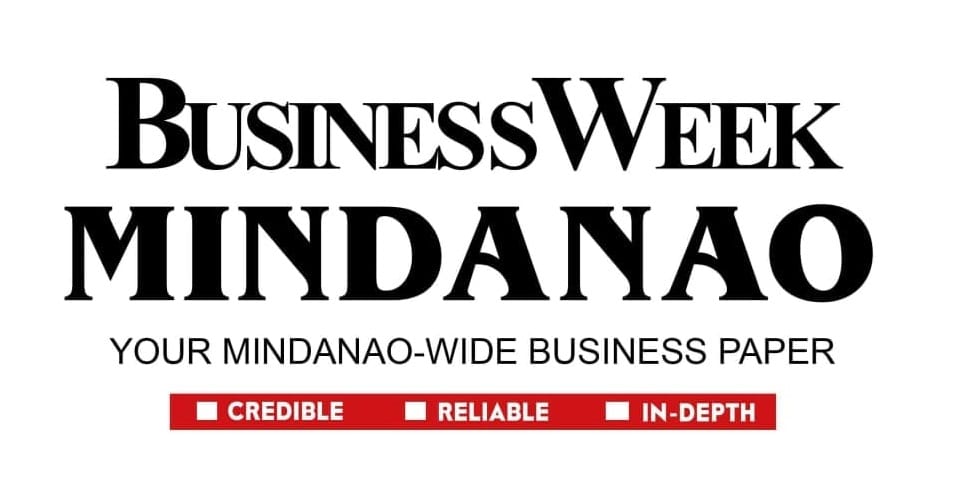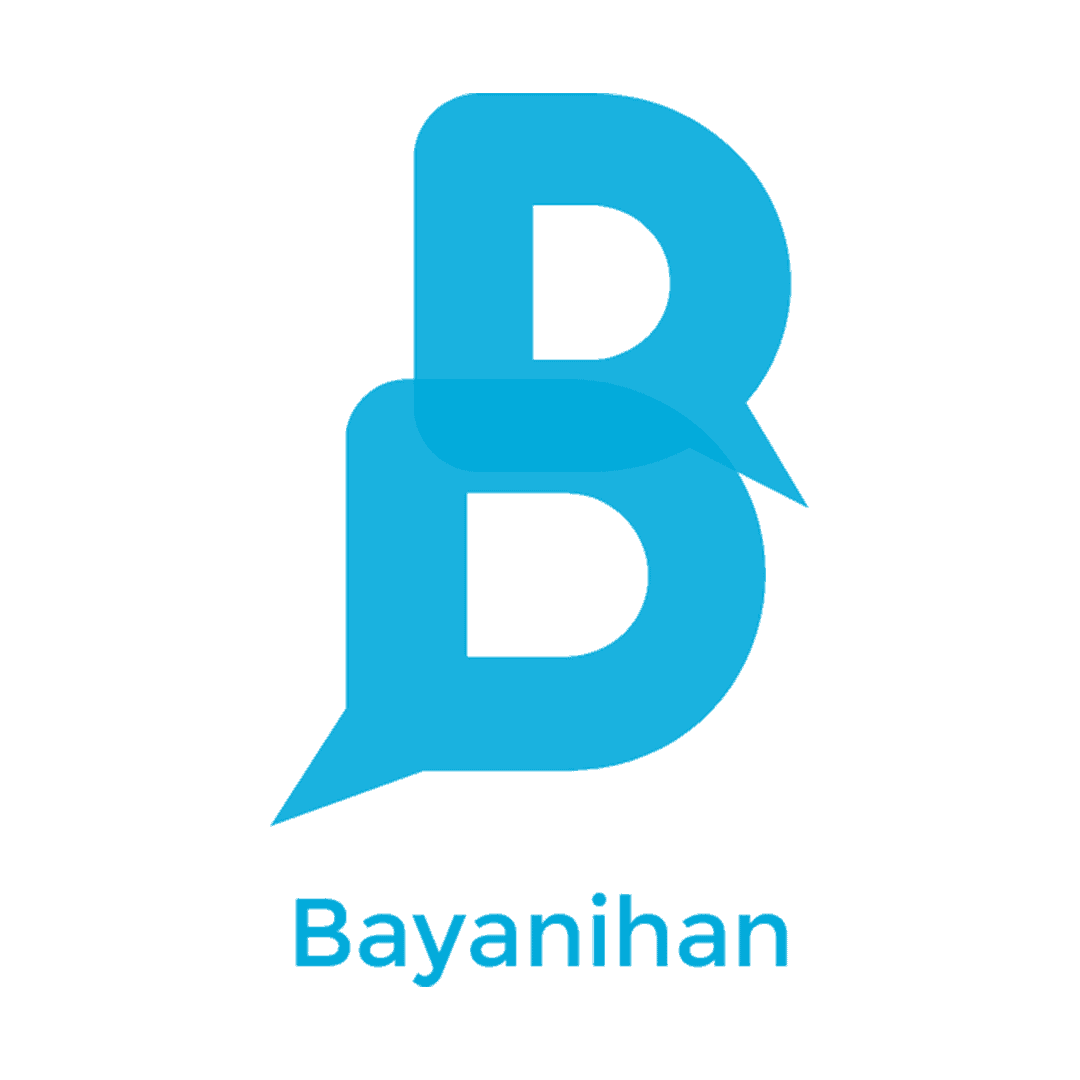BY: PROF.DR.PRATIK RAJAN MUNGEKAR
Imagine a world where every meal is a bland mush, designed to be universally palatable. This is the reality of a one-size-fits-all education. We force-feed students the same curriculum, the same teaching style, expecting them to magically transform into well-rounded individuals. This outdated approach is a recipe for disengagement, wasted potential, and a generation ill-equipped for the complexities of the 21st century. For decades, we’ve worshipped at the altar of standardized education, a system built on the faulty assumption that all children learn the same way. This “one-size-fits-all” approach isn’t just outdated, it’s a recipe for educational disaster. Imagine a doctor treating every patient with the same medication, regardless of their ailment. It sounds absurd, yet this is precisely what we’re doing to our children’s minds. We force them into rigid curriculums, measured by one-dimensional tests, stifling their unique learning styles and natural curiosity. Imagine a factory churning out identical widgets. Efficient, perhaps, but what if the world needs not just widgets, but innovators, artists, and critical thinkers? This, my friends, is the failing of our current “one-size-fits-all” approach to education.
We treat classrooms like assembly lines, forcing diverse minds into a rigid mold. Students with a natural curiosity for tinkering are expected to sit still, absorbing facts through rote memorization. The kinesthetic learner, who thrives on hands-on experiences, is left frustrated by endless lectures. The cost of this uniformity is staggering. Disengagement, frustration, and a crippling fear of failure become hallmarks of the educational experience for many. This isn’t just about grades; it’s about potential. Are we truly preparing students for a world that demands adaptability, creativity, and problem-solving skills? A world where the ability to learn, not regurgitate memorized facts, is the key to success?

The casualties?
Disengaged Students: Lectures and rote memorization leave auditory and kinesthetic learners feeling lost. They tune out, labeled as “problematic” when the problem is the system, not the child.
Crushing Creativity: Standardized tests reward conformity, leaving little room for creative exploration. Einstein wouldn’t stand a chance in today’s classrooms.
Widening Achievement Gaps: Students who learn differently fall behind, their potential buried under the weight of an unaccommodating system. This disproportionately affects disadvantaged communities, further solidifying educational inequality.
The Problem with “Average”
The core fallacy lies in the very notion of an “average” student. Students come in a dazzling array of learning styles, interests, and cognitive strengths. Some soar with visual aids, while others crave hands-on experiences. Kinesthetic learners squirm in their seats, yearning for movement, while auditory learners lose focus amidst a classroom cacophony. The “one-size-fits-all” model thrives on the illusion of an “average” student. This mythical being learns at a predictable pace, grasps concepts equally well through a single teaching style, and is motivated by the same rewards.
But children are not widgets. They come with a unique blend of learning styles, interests, and paces. Some excel visually, others grasp concepts through kinesthetic experiences. Some crave auditory learning, while others flourish through independent exploration. A one-size-fits-all curriculum ignores this beautiful diversity, turning education into a rigid competition for a single, arbitrary standard. A system that ignores this beautiful diversity is failing a significant portion of our student population.
The Crushing Weight of Standardization
Standardized tests, the supposed arbiters of educational success, are blunt instruments wielded against a nuanced landscape. These tests often prioritize rote memorization over critical thinking and creativity. Students become adept at test-taking gymnastics, but struggle to apply their knowledge to real-world problems. The pressure to perform on standardized tests creates a culture of anxiety and stifles intellectual curiosity. The world is no longer a static place requiring a fixed set of knowledge. The ability to adapt, innovate, and think critically is paramount. We need to move towards a system of differentiated instruction, where educators cater to individual needs and learning styles. Imagine classrooms that buzz with project-based learning, where students can explore their passions and develop critical thinking through hands-on activities.
This isn’t a utopian fantasy; it’s a necessity.
The Call for a Learning Renaissance
We need a revolution in education, a shift towards personalized learning. This means tailoring the curriculum, teaching methods, and assessments to fit the unique needs and strengths of each student. Imagine classrooms buzzing with activity, where students engage in project-based learning, explore their passions, and develop critical thinking skills. Technology can be a powerful tool in this revolution, allowing for adaptive learning platforms and individualized instruction.The “one-size-fits-all” approach disproportionately disadvantages students from diverse backgrounds and learning styles. This isn’t just about educational inequality; it’s about perpetuating social and economic disparities. A truly equitable education system celebrates and empowers individual differences. It equips every student with the tools they need to thrive, not just survive, in the dynamic world they will inherit.
The Stakes Are High
The consequences of clinging to outdated methods are dire. Disengaged students become disaffected citizens. We risk stifling innovation and entrepreneurship, essential ingredients for a thriving economy. A truly educated populace is the bedrock of a strong democracy, capable of critical thinking and informed participation. Can we afford to settle for a generation educated in the bland mush of a one-size-fits-all system?
Here’s the revolution we need:
Differentiated Instruction: Teachers empowered to tailor lessons to individual learning styles, using a variety of approaches – visual aids, hands-on activities, project-based learning – to ignite a passion for knowledge.
WelcomeTechnology: Interactive learning platforms, personalized learning apps, and gamification can make education engaging and cater to diverse needs.
Nurturing the Whole Child: Education shouldn’t just focus on core subjects. Let’s integrate social-emotional learning, arts, and physical education to cultivate well-rounded individuals.
This is a call to action. Let us dismantle the tyranny of the average and empower our children to learn in ways that ignite their passions and unlock their full potential. The future demands nothing less. This isn’t about lowering standards, it’s about raising expectations for every child. Let’s celebrate individuality, unleash creativity, and create a dynamic learning environment where every mind can thrive. This isn’t a blame game for educators, many of whom are fighting a valiant fight within a broken system. This is a call to action for parents, educators, and policymakers to dismantle the assembly line of education.
The future of education isn’t a one-size-fits-all mold. It’s a vibrant woven from the unique threads of each learner’s potential. It’s time to break free from the tyranny of the average and empower every child to become the extraordinary. Let’s create classrooms that ignite curiosity, celebrate individuality, and empower every child to become the architect of their own future. The future of innovation, progress, and a truly just society depends on it.






